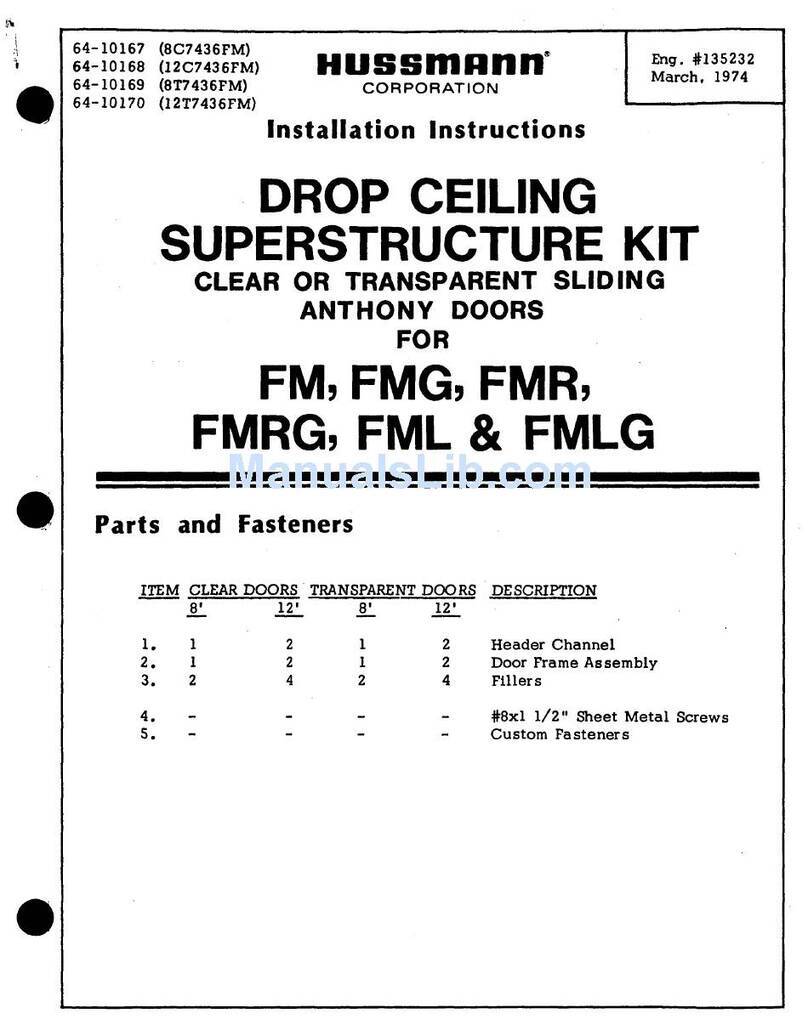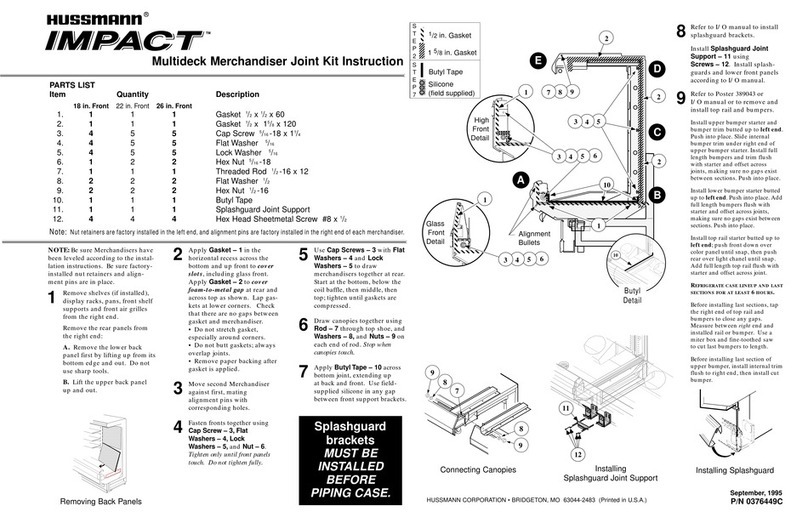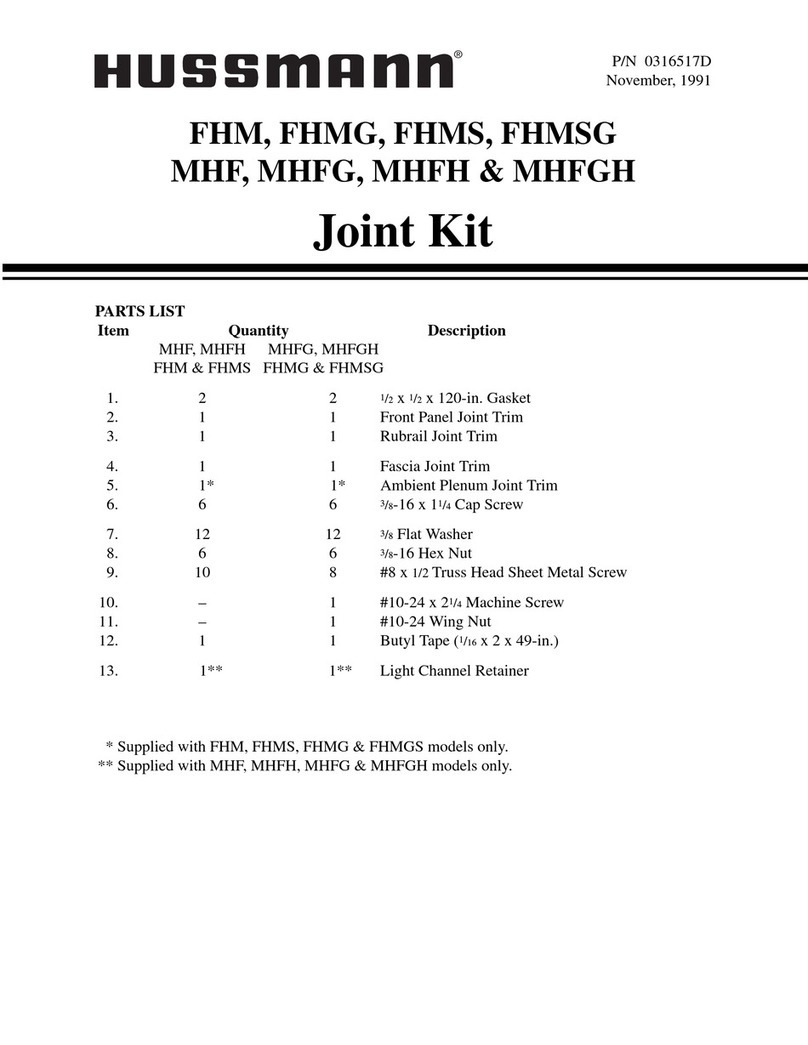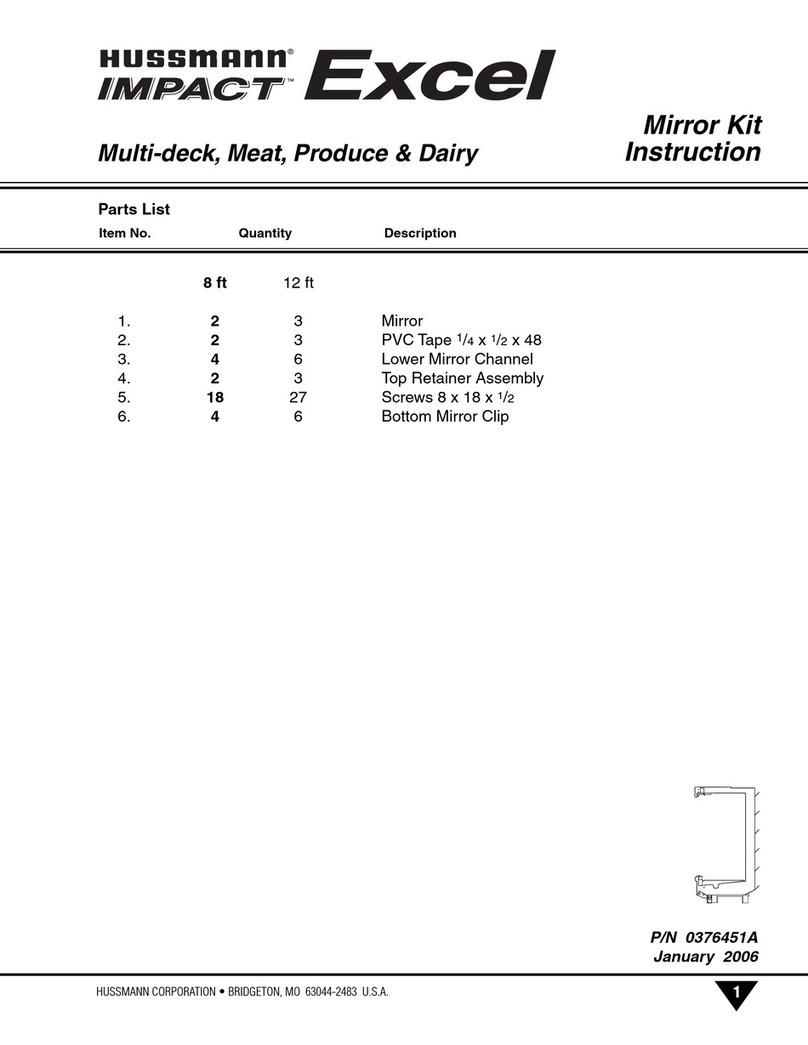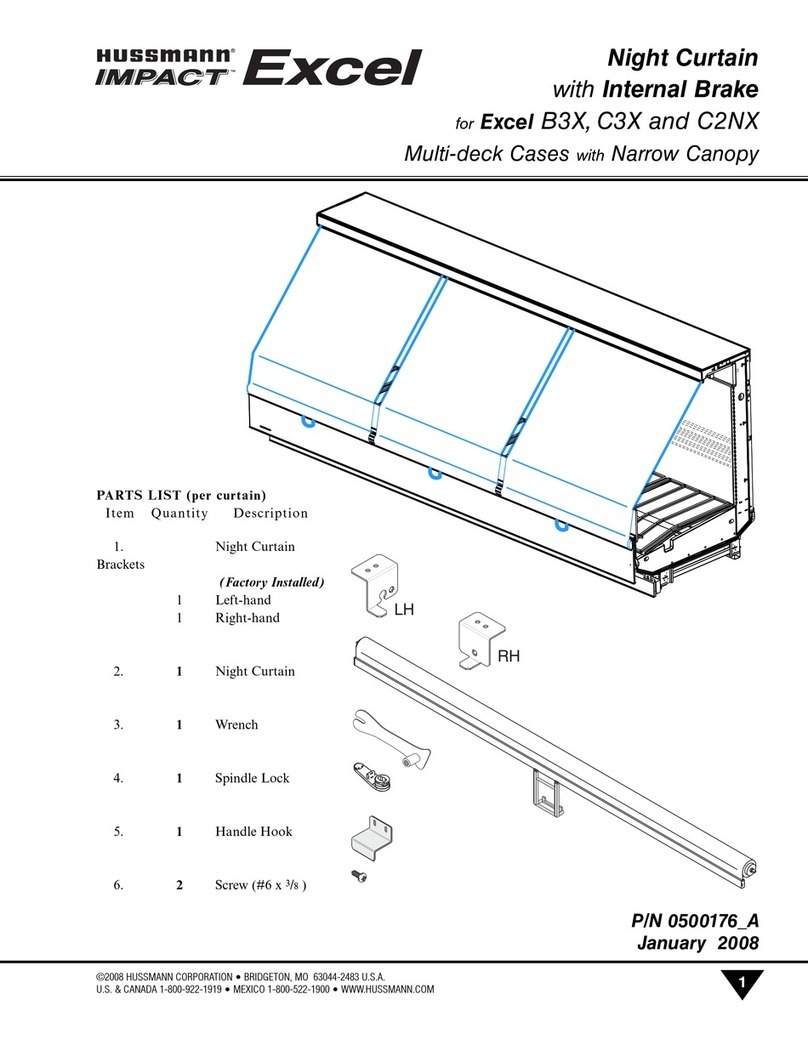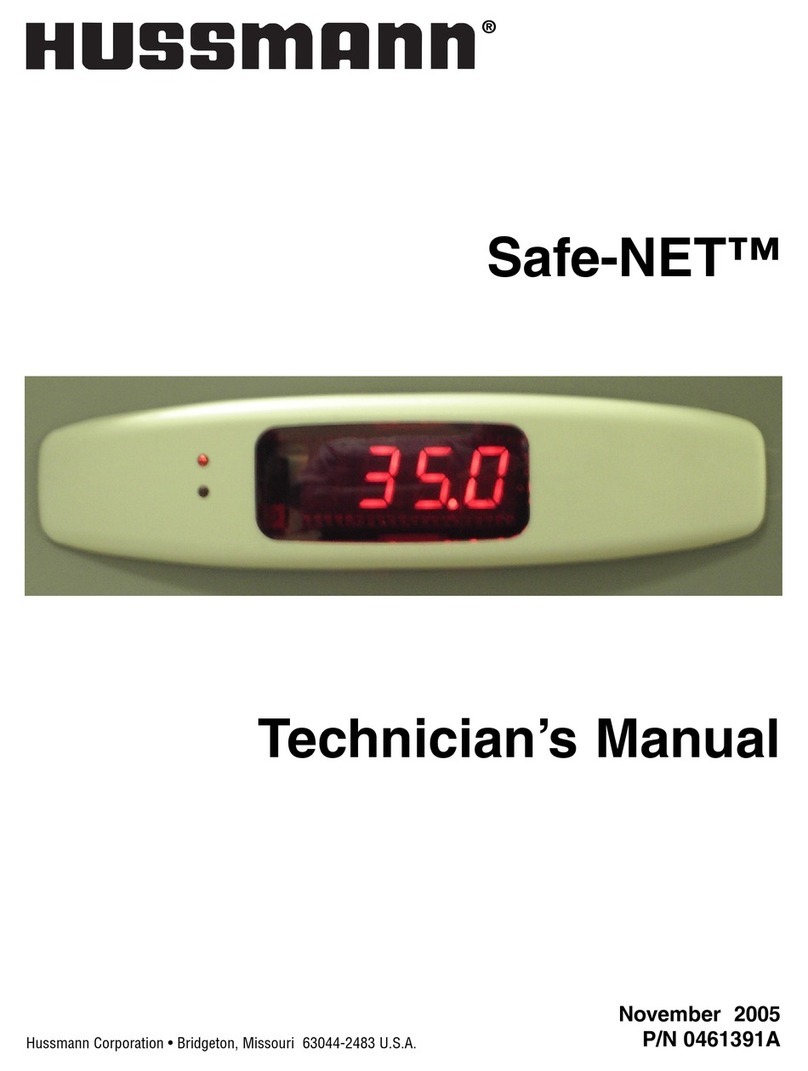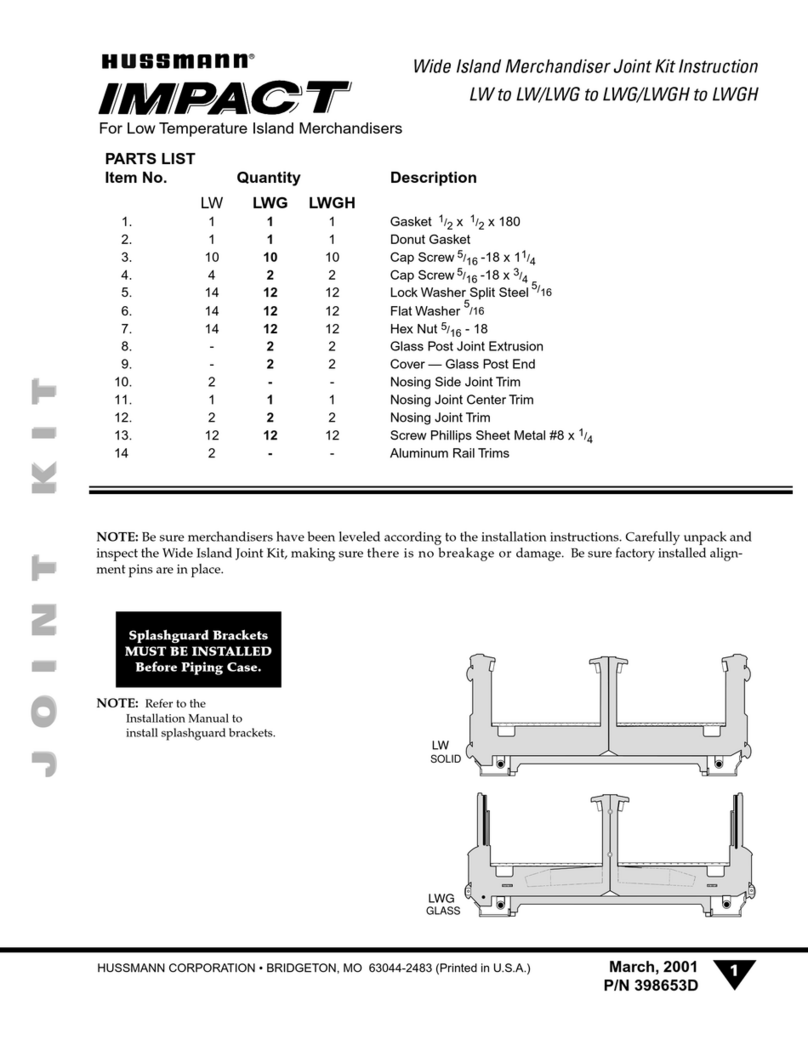
MS Series Medium Profile Unit Coolers (E270190_H) 3
TABLE OF CONTENTS
1 UNIT INFORMATION AND DIMESIONS ............................................................................................................ 5
1.1 MODELS COVERED ____________________________________________________________________ 5
1.2 UNIT DIMESION _______________________________________________________________________ 6
2 RECEIPT OF EQUIPMENT..................................................................................................................................... 7
2.1 INSPECTION __________________________________________________________________________ 7
2.2 LOSS OF GAS HOLDING CHARGE ________________________________________________________ 7
3 ASSEMBLY OF COMPONENTS ............................................................................................................................. 7
3.1 SHIPPED LOOSE PARTS - LONG THROW ADAPTERS _______________________________________ 7
3.2 REFRIGERANT DISTRIBUTOR NOZZLES _________________________________________________ 7
3.3 EXPANSION VALVE____________________________________________________________________ 7
3.4 CHECK VALVE ________________________________________________________________________ 8
4 RIGGING INSTRUCTIONS ..................................................................................................................................... 8
4.1 RIGGING INSTRUCTIONS _______________________________________________________________ 8
5 UNIT LOCATION AND MOUNTING .................................................................................................................... 8
5.1 UNIT LOCATION _______________________________________________________________________ 8
5.2 MOUNTING ___________________________________________________________________________ 8
6 PIPING INSTALLATION ......................................................................................................................................... 9
6.1 DRAIN LINE ___________________________________________________________________________ 9
6.2 REFRIGERATION PIPING _______________________________________________________________ 9
6.3 EVACUATION AND LEAK TEST ________________________________________________________ 11
6.4 MS GAS DEFROST PIPING _____________________________________________________________ 111
6.5 REFRIGERANT DISTRIBUTOR NOZZLES _______________________________________________ 111
6.6 EXPANSION VALVE___________________________________________________________________ 13
7 ELECTRICAL ........................................................................................................................................................ 133
7.1 FIELD WIRING ______________________________________________________________________ 133
7.2 ELECTRICAL DATA __________________________________________________________________ 133
7.3 AIR DEFROST SEQUENCE OF OPERATION ______________________________________________ 144
7.4 ELECTRIC DEFROST SEQUENCE OF OPERATION ________________________________________ 166
7.5 HOT GAS DEFROST SEQUENCE OF OPERATION _________________________________________ 188
7.6 DUAL SPEED MOTOR – SEQUENCE OF OPERATION ______________________________________ 20
7.7 VARIABLE SPEED MOTOR – SEQUENCE OF OPERATION _________________________________ 21
7.8 VARIABLE SPEED MOTOR WITH SYSTEM 450 – SEQUENCE OF OPERATION ________________ 21
7.9 INTERLOCKING SINGLE COMPRESSOR UNIT WITH KRACK COILS _________________________ 22
8 START UP ............................................................................................................................................................... 233
8.1 PRE-STARTUP _______________________________________________________________________ 233
8.2 OPERATION CHECKOUT _____________________________________________________________ 233
9 PREVENTATIVE MAINTENANCE ................................................................................................................... 244
9.1 DRAIN PAN _________________________________________________________________________ 244
9.2 COIL AND CABINET __________________________________________________________________ 244
9.3 FAN GUARD OR LONG THROW ADAPTER REPLACEMENT _______________________________ 255
9.4 FAN REPLACEMENT _________________________________________________________________ 255
9.5 UNIT MOTOR REPLACEMENT _________________________________________________________ 255
9.6 ELECTRIC DEFROST HEATERS ________________________________________________________ 255
10 TROUBLESHOOTING CHART .......................................................................................................................... 266
11 REPLACEMENT PARTS LIST ........................................................................................................................... 266
